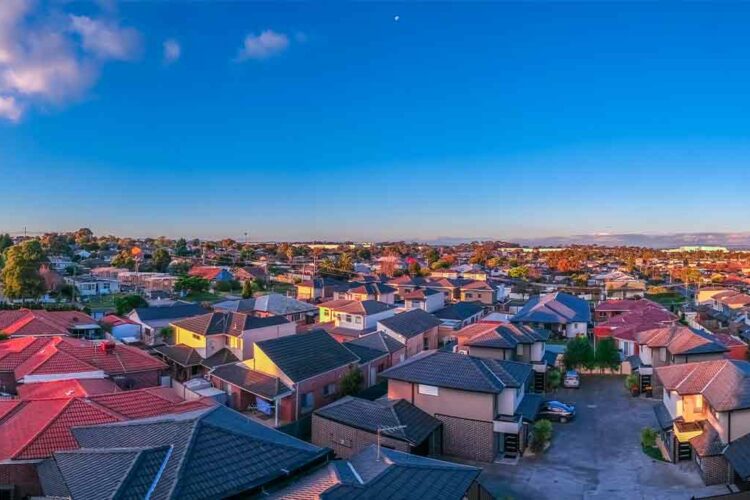Following February’s decision to enact a ninth consecutive cash rate increase, Australia’s central bank has made its latest monetary policy call.
At its annual monthly board meeting, the Reserve Bank of Australia (RBA) opted to take the number of cash rate raises into double figures, raising the figure by 25 basis points to 3.60 per cent.
The RBA’s latest decision comes in spite of the Australian Bureau of Statistics (ABS) revealing January’s Consumer Price Index (CPI) to be 7.4 per cent, down 1 per cent on December’s results. According to Real Estate Institute of Australia president, Hayden Groves, one of the staunchest industry critics of the central bank’s consistent increases, the latest CPI remains “below both the budget forecast and the RBA’s forecast.”
In calling for a cash rate pause at the beginning of March, Mr Groves insisted the RBA runs the risk of grinding Australia’s economy “to a halt” if its aggressive cash rate increasing cycle continues. Citing recent gross domestic product (GDP) data, the president pointed out a “slowdown in momentum of the Australian economy.”
Building on this, Anneke Thompson, chief economist at CreditorWatch said the RBA’s cash rate increase “will take many borrowers – both personal and business – well past their lenders’ serviceability test,” adding it will be a “serious drag on both consumer and business sentiment.”
Touching on the slowed growth of the Australian economy in recent months, highlighted by national GDP growing 0.5 per cent in the three months to December, compared to 0.9 per cent in the June quarter, she added “growth in household spending rose by a moderate 0.3 per cent,” which she described as important to both the inflation and cash rate outlook.
According to Ms Thompson, the latest economic outlook figures “will give the RBA comfort,” as they reveal “its efforts to reduce inflation are working.”
“Unfortunately, the flip side of this success is continued pain for the Australian consumer and, ultimately, businesses.”
The RBA’s latest cash rate decisions further compounds the financial woes of a number of Australian homeowners, many of who find themselves teetering with or residing in “mortgage prison”.
New data from Compare Club revealed a 42 per cent increase in the number of Australian mortgage prisoners since the RBA’s first cash rate increase last May, with 20 per cent of mortgage holders possessing a loan-to-value (LVR) ratio of 91 per cent or more, up 6 per cent on last April.


